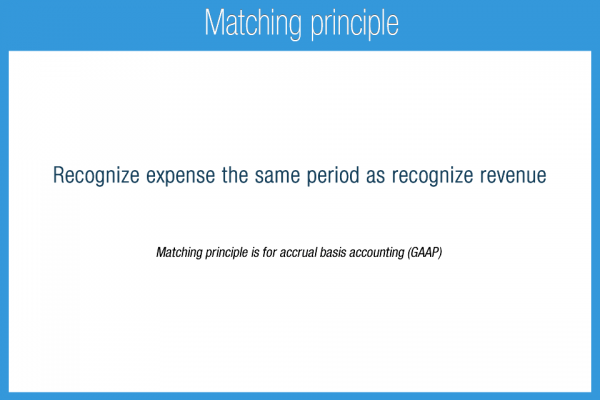

the total cash and non-cash consideration that the receiver is entitled to receive from the customer) must be outlined, alongside any variable considerations (e.g.
Determine the Transaction Price – The transaction price (i.e. Identify the Contractual Performance Obligations – In the 2nd step, the distinct performance obligations to transfer goods or services to the customer must be identified. Identify the Contract with the Customer – All parties must approve the agreement and commit to fulfilling their obligation, with each party’s rights and payment terms clearly identified. The ASC 606 standard comes down to a five-step process, with each guideline strictly required for revenue recognition: The revenue recognition principle under ASC 606 states that revenue can only be recognized if the contractual obligations are met, as opposed to when the payment is made. Revenue Recognition ASC 606 – Five-Step Process In a different scenario, let’s say the company was paid $150,000 upfront for three months of services, which is the concept of deferred revenue.Įach month when the company delivers the service, $50,000 will be recognized on the income statement.īut until the company earns the revenue, the payment received ahead of time is recorded as deferred revenue on the liabilities section of the balance sheet. Per the revenue recognition principle, the company must recognize the revenue on its income statement as soon as the service was provided to customers.įrom the date of the initial sale to the date that the customer pays the company in cash, the unmet amount remains on the balance sheet as accounts receivable. Suppose a service-oriented company has generated $50,000 in credit sales in the past month. The apparent lack of standardization made it difficult for investors and other users of financial statements to make comparisons between companies, even those operating in the same industry. Prior to ASC 606, there were variations in how companies in different industries handled accounting for otherwise similar transactions. In theory, investors could line up the financial statements of different companies to assess their relative performance more accurately. #Expense recognition principle update
Joint Objective of ASC 606 Update (Source: ASC 606) The purpose of refining the prior revenue policies was to improve the comparability among the financial statements of different companies and create a more consistent, standardized financial reporting process across all industries. The Financial Accounting Standards Board (FASB), in a joint effort with the International Accounting Standards Board (IASB), recently announced an updated revenue recognition standard in ASC 606.
The product or service obligation must be completed per the agreement. There must be evidence showing that an arrangement was agreed upon. The price must be identified and measurable by both parties in the transaction. expected to be received from the customer). The payment must be reasonably collectible (i.e. Other considerations regarding when and if to recognize revenue are: In short, the revenue recognition principle states that revenue is required to be recognized on the income statement in the period that the products/services were delivered, rather than when the cash payment is received. GAAP, revenue can only be recognized once it has been earned under accrual basis accounting standards. Accounts Receivable vs Deferred (Unearned) RevenueĪccording to the criteria established by U.S. Alternative Revenue Recognition Methods. Revenue Recognition ASC 606 – Five-Step Process. Revenue Recognition Principle Definition.





 0 kommentar(er)
0 kommentar(er)
